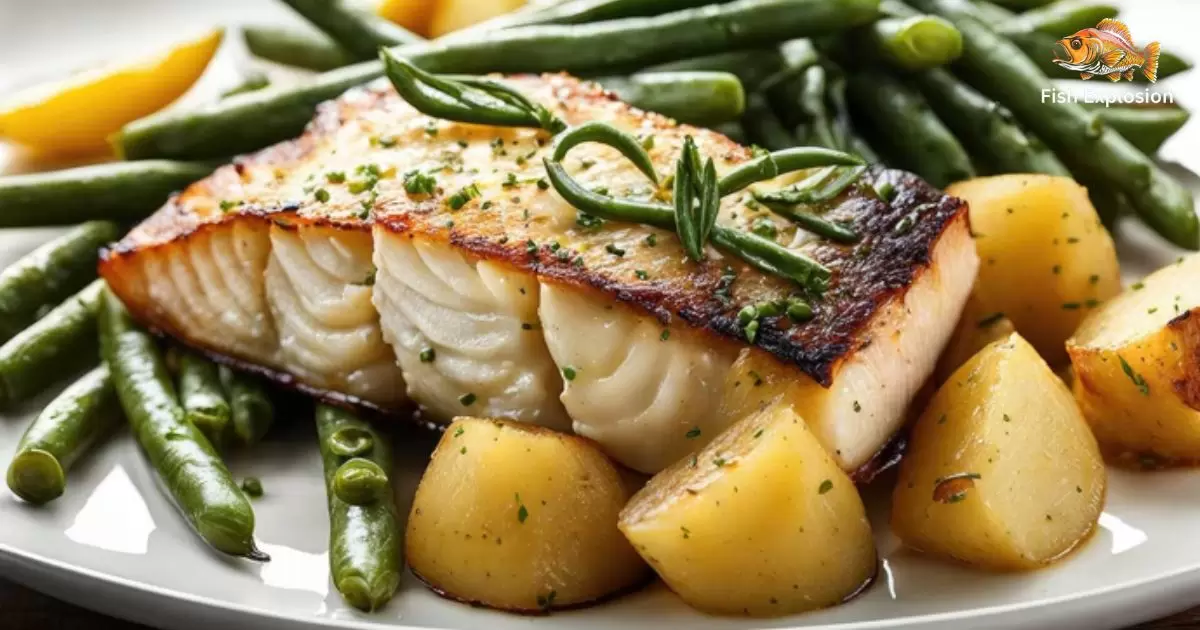For those who love seafood, white fish offer numerous delicious and flexible choices. Due to their subtle flavors and tender textures, types like cod, halibut, and tilapia act as a blank canvas for tasty seasoning and cooking techniques. However, with the various white fish options available, home cooks may find it difficult to identify which stand out regarding taste and nutritional value. To gain expert knowledge, we consulted seasoned chefs from around the country to compile recommendations for the top 10 white fish. Drawing on their extensive experience working in professional kitchens, these culinary specialists considered elements like flexibility, flavor profiles, textures, and availability to curate a list of white fish worth trying that will truly elevate any home-cooked seafood dinner.
What is White Fish?
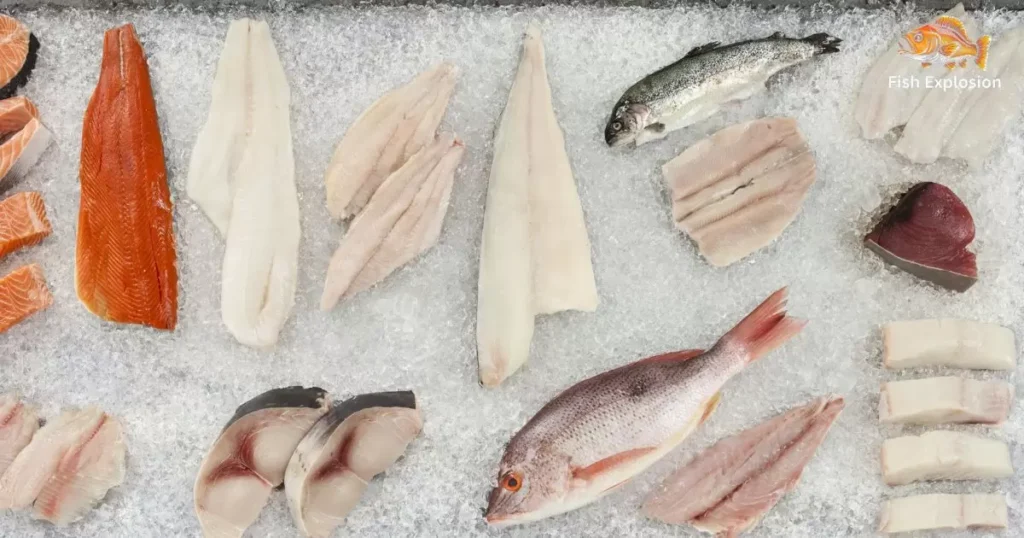
There are many popular varieties of light-colored fish enjoyed globally. Cod, halibut, haddock, tilapia, sole, and flounder top the list of commonly eaten light-colored fishes.
Light-colored fish, also known as white fish, belong to the Classification of Fish characterized by a light flesh ranging from white to pale pink.
It is valued for its adaptability – it readily takes on flavors from sauces and seasonings used during cooking. The texture is lean and tender, flaking apart beautifully when prepared correctly.
Nutritionally, light-colored fish deliver high-quality protein and healthy omega-3 fatty acids. They also contain important vitamins and minerals like vitamin D, selenium, and phosphorus.
With such a diverse selection of light-colored fish types, there are options to please any palate or recipe.
Their subtle natural flavors incorporate a wide range of cooking methods, from baking and sautéing to frying and smoking. Whether dining at home or out, light-colored fish can be prepared in countless satisfying ways.
What’s the Difference Between Red and White Fish?
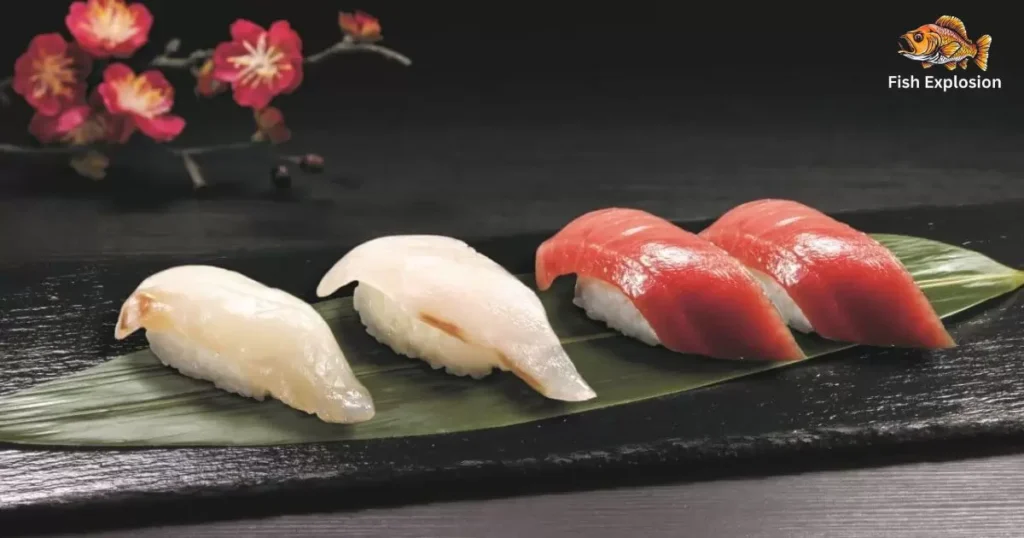
| Red Fish | White Fish | |
| Examples | Salmon, trout, tuna, mackerel | Cod, haddock, hake, flounder, sole |
| Flesh | Reddish due to higher levels of oil and fat | White/grayish due to lower fat content |
| Nutritional Content | Higher in Omega-3 fatty acids like EPA and DHA | Lower in fat but higher in protein |
| Flavor | Richer, more full-bodied flavor | More delicate, mild flavor that takes on other flavors well |
| Texture | Firm, flaky texture when cooked | Very lean, breaks into flakes easily when cooked |
| Cooking Methods | May be baked, broiled, poached or sautéed | Versatile and can be baked, sautéed, fried or used in soups/stews |
| Raw Consumption | Often eaten raw in sashimi or similar dishes | Rarely eaten raw due to its flaky texture |
| Cost | More expensive than white fish generally | Widely available and more affordable than red fish |
This table outlines the key differences between redfish and white fish, including examples, nutritional content, flavor, texture, preferred cooking methods, raw consumption, and cost.
10 Best White Fish to Eat According to Chefs
Light-colored fish are popular for consumption because of their delicate flavor and adaptability in cooking applications. Some of the most commonly eaten light-colored fish varieties are:
1. Cod
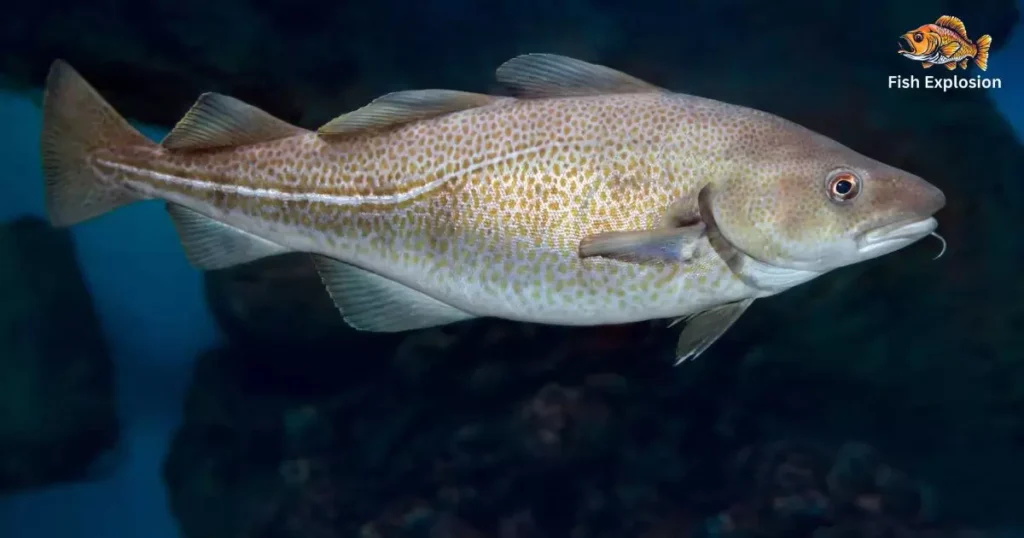
Cod is a fish consumed worldwide, earning its status as one of the most commonly eaten light-meated seafoods available. It features a subtle taste and dense structure consisting of flaky white fillets.
As a hardy species, cod can be prepared using diverse cooking techniques like baking, pan searing, and poaching. Cod provides a bounty of high-quality protein and important nutrients including selenium and vitamin B12.
Both Atlantic and Pacific cod populations are commercially fished, making the fish readily available year-round at grocery stores and fish markets across much of the globe. Cod retains tremendous popularity as a seafood choice thanks to its versatility in recipes and mild flavored profile.
2. Halibut
Halibut is among the largest flatfish living in the sea. It is known to reach extraordinary sizes, with some examples weighing over 500 pounds. Their meaty fillets have a mild but complex taste combined with a pleasingly firm consistency.
Halibut’s understated flavor profile makes it very suitable for numerous cooking methods, such as poaching, steaming, pan frying, and baking, improved with different seasoning mixes and taste combinations.
3. Flounder
Flounder is a well-liked light-meated ocean food known for its subtle flavor and soft texture. It lives broadly in both saltwater and freshwater environments globally. The fillets of flounder can be easily fixed by skillet-cooking or heating with a gentle flavoring.
This slim fish has little fat content yet is high in protein and nutrients like omega-3 fatty acids. Flounder’s adaptable, mild taste allows it to be added to numerous seafood menus.
4. Haddock
Haddock is a well-liked light-meated seafood discovered in the Northern Atlantic Ocean. It has a subtle, pleasant taste and slim meat that separates nicely when cooked. Haddock fillets can be prepared in many styles – some well-liked options are heated, poached, or pan-cooked with butter.
This lightly-flavored fish has little fat yet is high in protein, vitamins, and minerals like selenium. Haddock offers a nutritious and tasty choice for ocean food menus.
5. Sea Bass
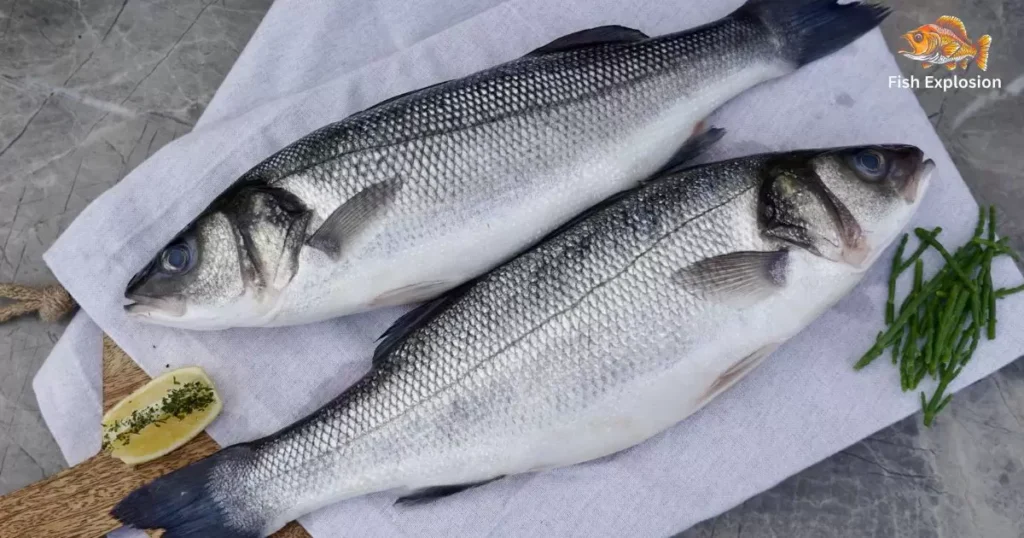
Sea bass is a popular fish in markets worldwide. Its lean white fillets have a delicate flavor and soft texture after cooking. Sautéing, baking, or grilling brings out the sweet notes of sea bass meat.
This fish contains valuable nutrients while being low in fat and calories. Versatile sea bass accommodates preparation with a variety of herbs and seasonings.
6. Sole
Sole is a prized flatfish appreciated for its mild flavor and delicate texture. Often found on fine dining menus, sole has lean white fillets that flake apart with gentle cooking. Varieties like lemon sole, Dover sole, and grey sole can be simply poached or sautéed in butter or olive oil to preserve their subtly sweet taste.
A popular fish in French and British cuisines, sole is also appreciated for its high protein and omega-3 fatty acid content despite being low in calories. Its versatility has helped sole become a widely enjoyed international table fish.
7. Tilapia
Tilapia is among the most eaten fish globally, owing to its reasonable price and mild flavor profile. It possesses lean, delicate white fillets with a subtle taste perfectly matched to absorbing surrounding tastes through preparation styles like baking, broiling, and barbecuing.
A worthy wellspring of protein and nutrients, tilapia has grown in renown as an affordable substitute for pricier ocean foods. Its flexibility and widespread accessibility at fair rates have made tilapia a fundamental fixing in eateries everywhere throughout the world.
8. Catfish
Catfish is a versatile freshwater fish enjoyed for its mild flavor and meaty texture. Often farm-raised, catfish provides lean, white fillets that can be baked, fried or broiled. Both its flavor and nutritional assets make catfish popular worldwide: it is low in fat but high in protein and minerals.
Common preparations include frying or blackening the fillets, or adding their meat to casseroles and stews. Catfish deserves wider appreciation for how it admirably meets the demand for healthy, budget-conscious seafood options.
9. Pollock
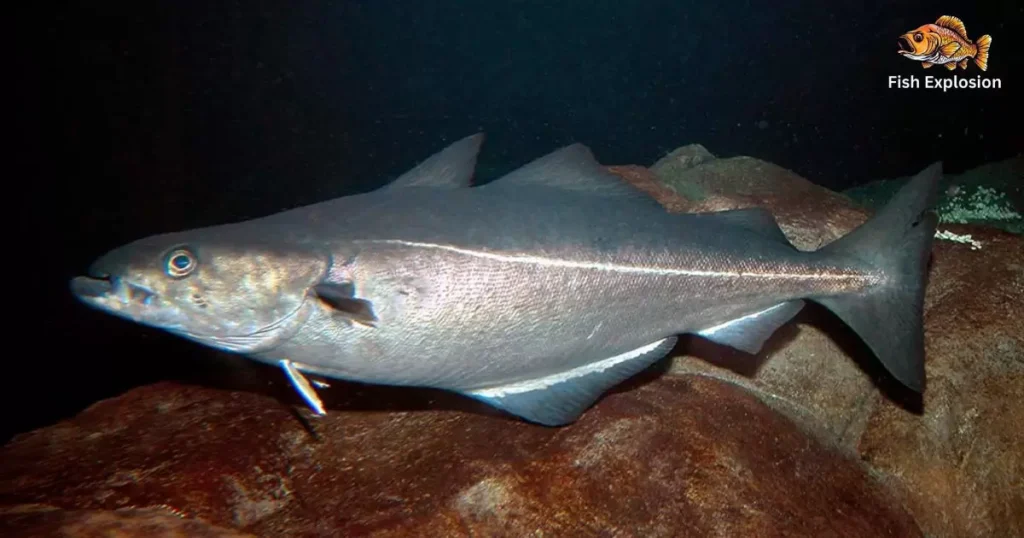
Pollock is a cold-water fish highly prized for its sweet white fillets and affordability. It has a delicate flavor well-suited for preparations like baking, broiling, or sautés. Pollock offers a great source of lean protein with few calories and fat.
Its versatility and wide availability have made pollock a sustainable seafood choice for home cooks and commercial operations alike.
10. Perch
Perch is a crispy whitefish with a subtle flavor profile prized by chefs and home cooks alike. Its fillets bake up moist and tender, ideally seasoned simply. Both nutrient-dense and low in calories and fat, perch has a mild seafood taste without the outsized environmental impact of other commercial species. More home and restaurant kitchens would do well to incorporate this tasty fish into their regular menus.
FAQ’s
What is the best white fish to eat?
Some of the most popular and nutritious white fish include:
- Cod: Low in fat and calories, high in protein and Omega-3s. Versatile.
- Halibut: Dense and meaty texture, mild flavor, and contains minerals.
- Haddock: Lean, mild, flakes nicely when cooked. Nutritious.
- Tilapia: Lean, flaky texture, mild taste, affordable
What is the number 1 best fish to eat?
Salmon is often considered the number 1 best fish to eat due to its impressive nutritional profile. It is high in heart-healthy omega-3 fatty acids and loaded with vitamins, minerals, and protein.
Which is the most delicious fish?
Different people prefer different tastes, but some fish widely considered delicious include salmon, tuna, mahi mahi, cod, halibut, swordfish, and trout. Flavor is very subjective.
What fish can you eat every day?
Some of the most sustainable and healthful fish to eat every day in moderation include:
- Salmon
- Sardines
- Anchovies
- Herring
- Rainbow trout
- Oysters and mussels
- Tilapia
- Cod or haddock
- Eating a variety is best for nutrition and environment.
Conclusion
There are many excellent options when it comes to choosing a white fish. From mild-tasting to richer flavored varieties, white fish offer incredible versatility and health benefits. Whether enjoying cultured species like tilapia, wild-caught fish such as cod or halibut, or lesser-known gems like perch – white fish can be easily integrated into a variety of meal preparations.
Their lean meat takes well to diverse flavors, cuisines and cooking methods, from baking to sautéing. Above all, white fish provide a sustainable and nutritious source of protein, supporting both personal wellness and responsible stewardship of ocean resources.
Their widespread availability and affordability also make white fish a practical choice for home cooks and commercial food operations alike. With so many varieties to select from, white fish deserve recognition as an essential component of healthy, balanced diets.
With three years of dedicated expertise in the niche of fish, my domain knowledge encompasses breeding, habitat maintenance, health management, and sustainable aquaculture practices, ensuring optimal outcomes in the aquatic realm.
